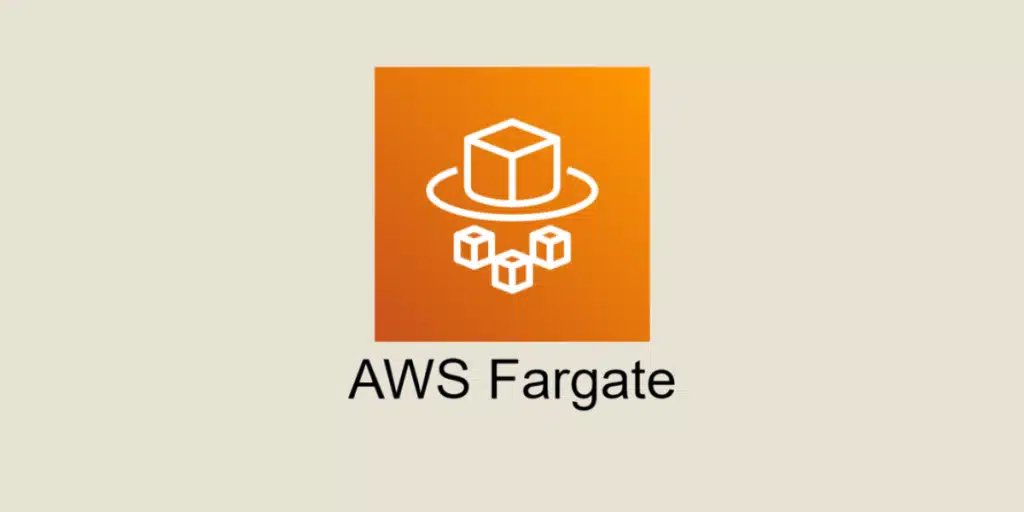AWS Fargate is a compute engine for Amazon Elastic Container Service (ECS) and Amazon Kubernetes Service (EKS) that enables containers to run without the need to provision, configure and scale virtual machine clusters that host application containers.
Fargate frees you from the manual management of EC2 instances. As a result, you can concentrate your efforts on designing and building your applications, rather than managing the infrastructure that runs them. All you have to do is package your applications in containers, specify your memory and processor requirements, define IAM policies and launch your applications.
What are the advantages of Fargate?
Fully managed by AWS, using Fargate offers significant advantages for managing application containers:
- Simplified resource management: no need to manage underlying EC2 instances to run your containers
- Pay-as-you-go pricing: you only pay for what you use, and there’s no upfront cost.
- Using IAM controls, Fargate offers a high level of security
- Resources adapt automatically to demand, and scaling policies can be applied to increase or decrease resources
- Fargate is tightly integrated with other AWS services such as ECS or EKS, making it easy to use in existing environments.
Terms you need to know to use AWS Fargate
First of all, we need to familiarize ourselves with a few terms:

Container: a Docker container is the standard unit containing everything your application needs to run (database, environment variables, libraries, etc.).

Container Image: images are built from a dockerfile that specifies all the components that will be included in the container. Containers are created from a container image template.

Task Definition: these are files in Json format that define the container(s) that make up your application.

Task: a task is nothing more or less than the instantiation of a task definition within a cluster.

Clusters: essentially the logical grouping of the resources your application needs.

Now, let’s try to understand the diagram above.
First, you build the image that’s right for your application. Next, you define the various resources required, such as memory, processor, etc., but also the orchestration engine you wish to use (ECS or EKS). Finally, you can run and manage your various applications, paying only for the resources you use.
💡Related articles:
When should AWS Fargate be used?
Although AWS Fargate supports all the common use cases for containerized applications, such as microservices architecture, batch processing, scripting, web applications or machine learning applications, there are a few that particularly require its use.
AWS Fargate is an ideal solution for running microservices. You can deploy each containerized microservice and the necessary resources will be automatically managed.
AWS Fargate can be used for batch processing, such as image and video processing, data analysis and ETL tasks. You can tailor your requirements according to the workload involved.
Deploying and running web applications is easy with Fargate. This means you can evolve it as your users’ needs grow.
You can use Fargate to automate your entire DevOps process and pipeline
Conclusion
As you can see, AWS Fargate provides a serverless computing solution for containerized applications, enabling simple, efficient management of the resources they need.
With this solution, you can concentrate on developing your applications while the platform takes care of managing the underlying compute resources. With the advantages we’ve discussed in this article, it’s a wise choice for companies of all sizes looking for a modern approach to application deployment and development.
Now that you know all about AWS Fargate, you can take a training course to master Amazon Web Services. Take a look at the training offered by DataScientest.










